1. Introduction: The Core Importance of PPR Pipe Joining
- PPR pipes are widely used in water supply/drainage and HVAC systems for their heat and corrosion resistance
- Proper joining is critical for system tightness and service life (50+ years)
- Two mainstream methods: Hot Melt Welding vs Electrofusion Welding
2. Method 1: Hot Melt Welding
2.1 Working Principle
- Melts pipe and fitting surfaces to 260±5℃ using a hot melt machine, forming a monolithic joint after cooling
2.2 Step-by-Step Guide (with Diagram)
- Preparation: Cut pipes vertically with a pipe cutter, clean interfaces
- Heating: Insert pipe and fitting into the heating die (260℃) for 5-10 seconds (based on diameter)
- Quick Connection: Push pipe into fitting socket rapidly, hold for 10-15 seconds to prevent misalignment
- Cooling: Allow 30+ minutes for natural cooling; avoid stress during cooling
2.3 Key Advantages
- Low cost (ideal for DN20-DN110), suitable for DIY projects
- High joint strength (sealing equivalent to pipe body)
- No additional sealants needed, environmentally friendly
2.4 Applications
- Residential plumbing systems
- Building heating pipe installations
- Small-scale industrial pipelines
3. Method 2: Electrofusion Welding
3.1 Working Principle
- Uses internal resistance wires in electrofusion fittings to generate heat, melting pipe and fitting for connection

3.2 Step-by-Step Guide (with Diagram)
- Precision Cutting: Ensure vertical pipe ends, remove oxide layer with a scraper
- Fitting Insertion: Push pipe into electrofusion fitting to the marked depth, maintain concentricity
- Electrical Fusion: Activate machine (24V, 50-120 seconds) according to fitting parameters
- Automatic Cooling: Let it cool naturally; built-in timer prevents premature handling
3.3 Key Advantages
- High automation, consistent joint quality
- Suitable for DN20-DN315 and confined spaces
- Reduces human error, ideal for standardized projects
3.4 Applications
- Municipal water supply projects
- Industrial pipelines (chemical, pharmaceutical industries)
- Rapid installation of prefabricated pipe modules
4. Comparison and Selection Guide
| Criteria | Hot Melt Welding | Electrofusion Welding |
|---|---|---|
| Equipment Cost | Low (~$70 hot melt machine) | High (~$280 electrofusion machine + special fittings) |
| Difficulty | Requires temperature/time control | Low training needed, automated |
| Speed | ~2 minutes per joint | 1-3 minutes per joint (diameter-dependent) |
| Material Compatibility | Only for same PPR material | Can join PPR with PEX/PE etc. |
| Recommended Diameter | DN20-DN110 | DN20-DN315 |
Choosing Tips:
- Hot melt for small diameters (<DN63) and budget projects
- Electrofusion for large diameters, complex environments, or mixed materials
5. Professional Installation Tips
- Tool Standards: Use equipment compliant with ISO 19867 for reliable results
- Environmental Control: Work at 5-40℃, <80% humidity; avoid wind affecting heat distribution
- Quality Check: Inspect symmetrical bead formation; no pressure on uncooled joints
- Safety Precautions: Wear heat-resistant gloves; wait 5 minutes before touching dies after power off
6. ifan Pipeline’s Joining Solutions
- Full Product Range: Hot melt fittings (copper-inset elbows, tees) and electrofusion sockets
- Custom Services: Special electrofusion fittings (sensor ports, non-standard sizes) available
- Technical Support: Free equipment operation training and system pressure testing plans
Conclusion
Hot melt and electrofusion are the two primary methods for joining PPR pipes, with choices based on diameter, application, and budget. As a 20-year industry leader, ifan Pipeline offers end-to-end solutions from basic fittings to intelligent joining equipment. Visit ifanultra.com for product catalogs and technical whitepapers.

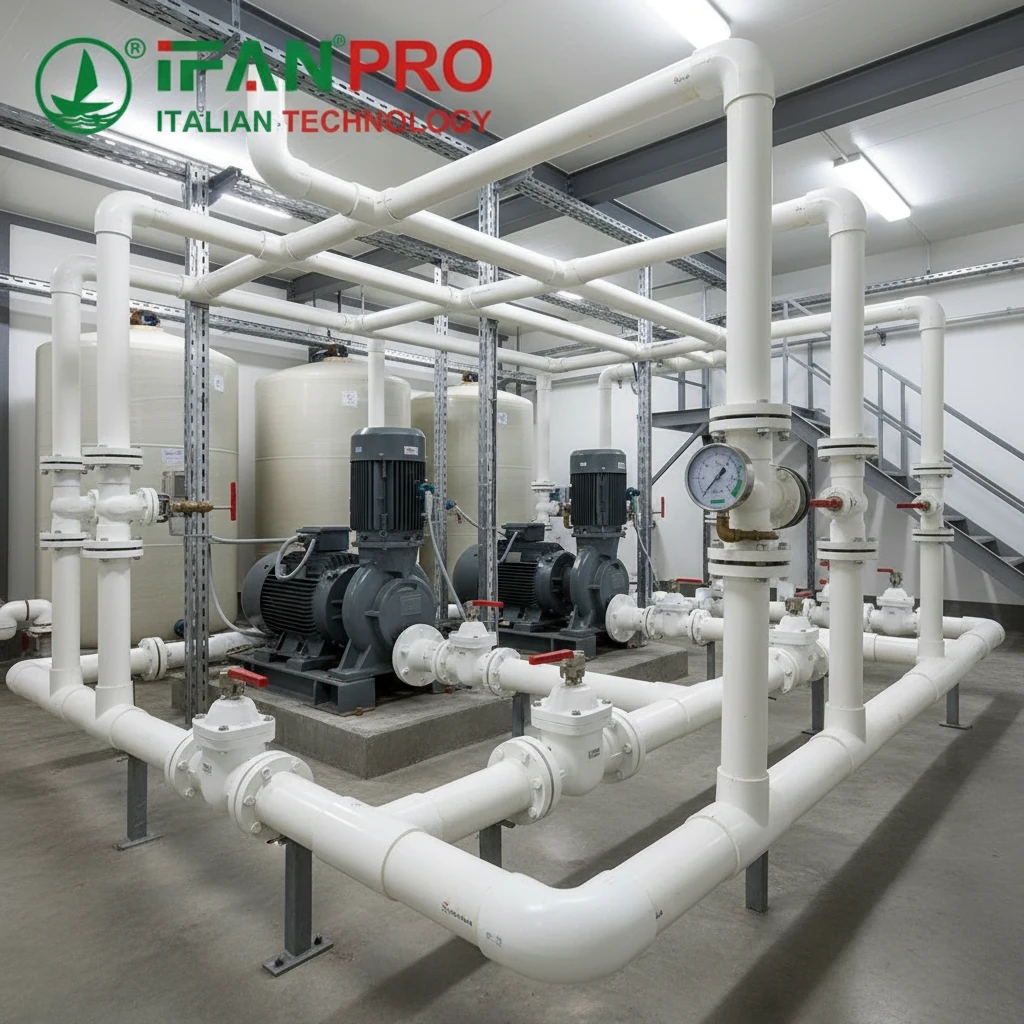
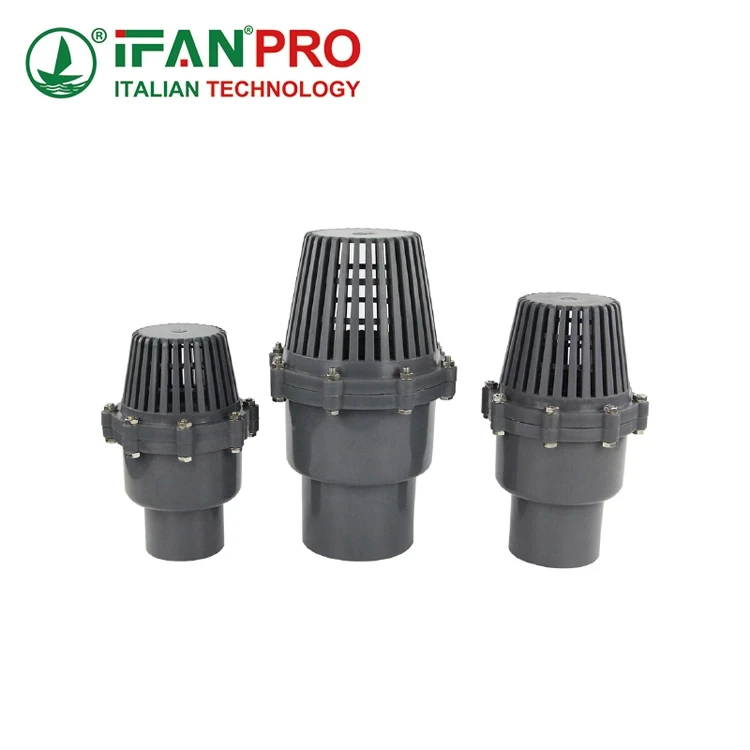
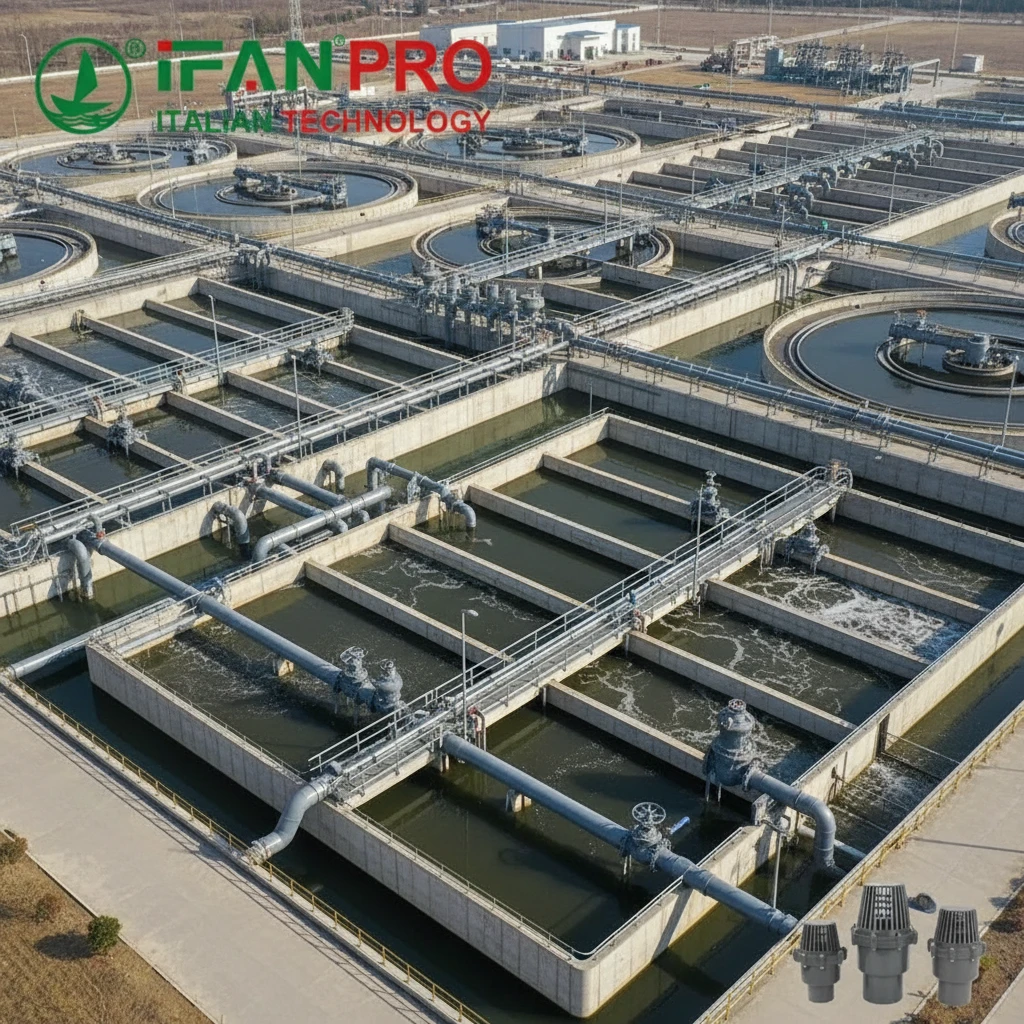
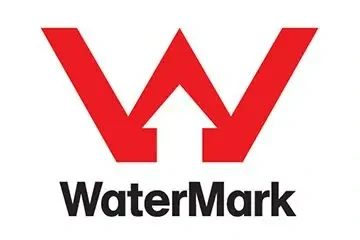

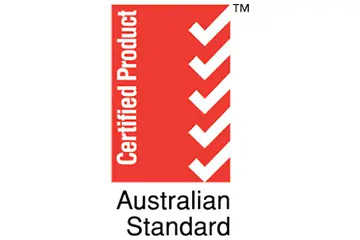
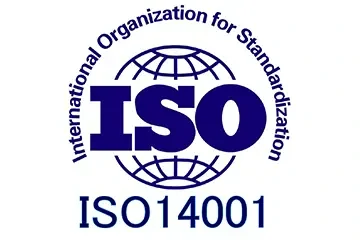
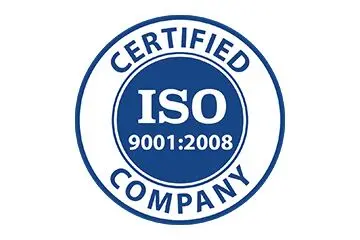
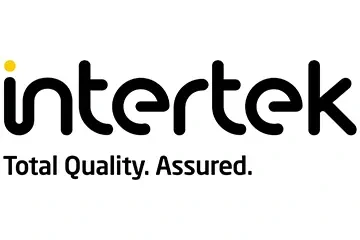
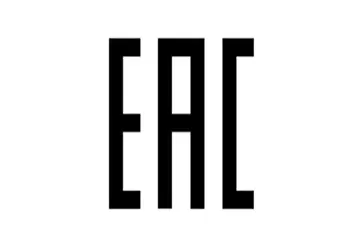
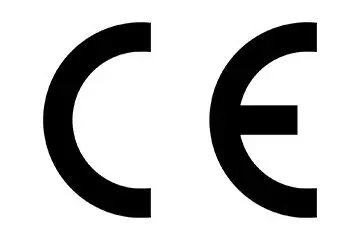
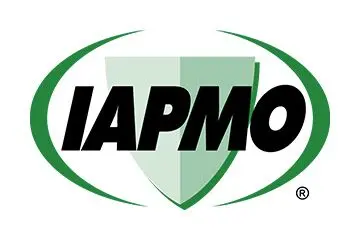
Recent Comments